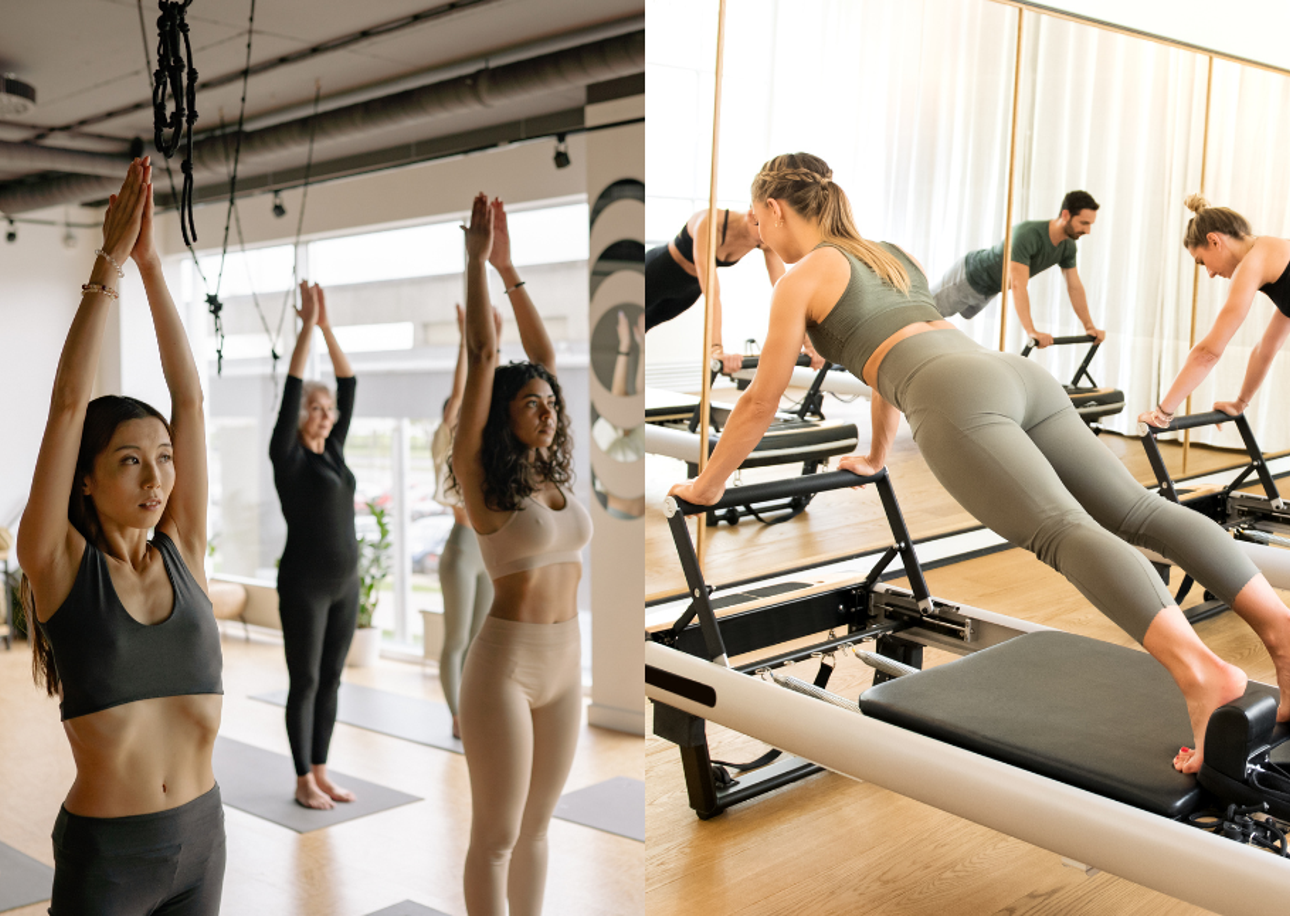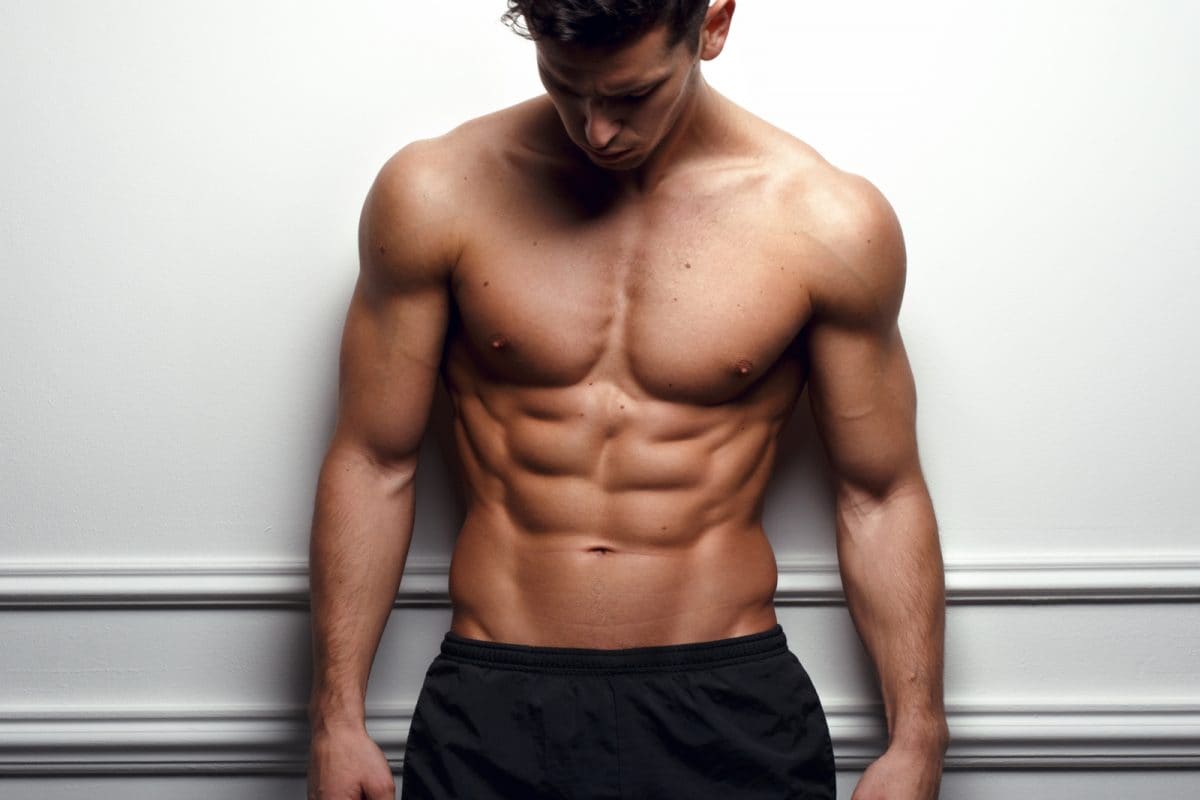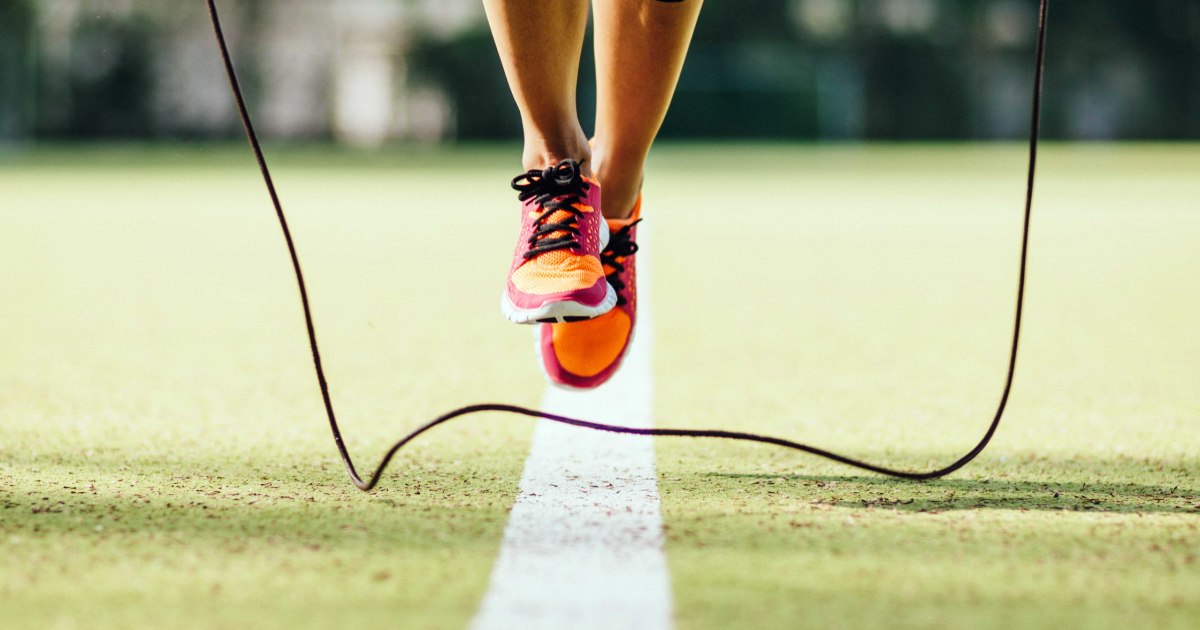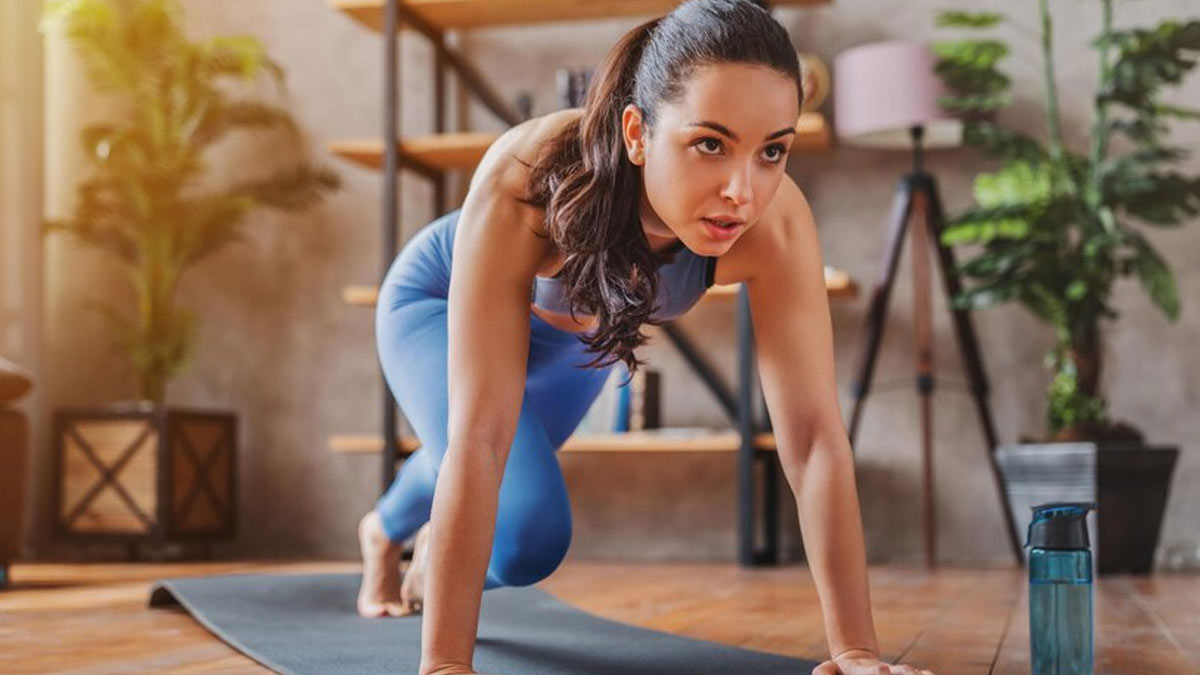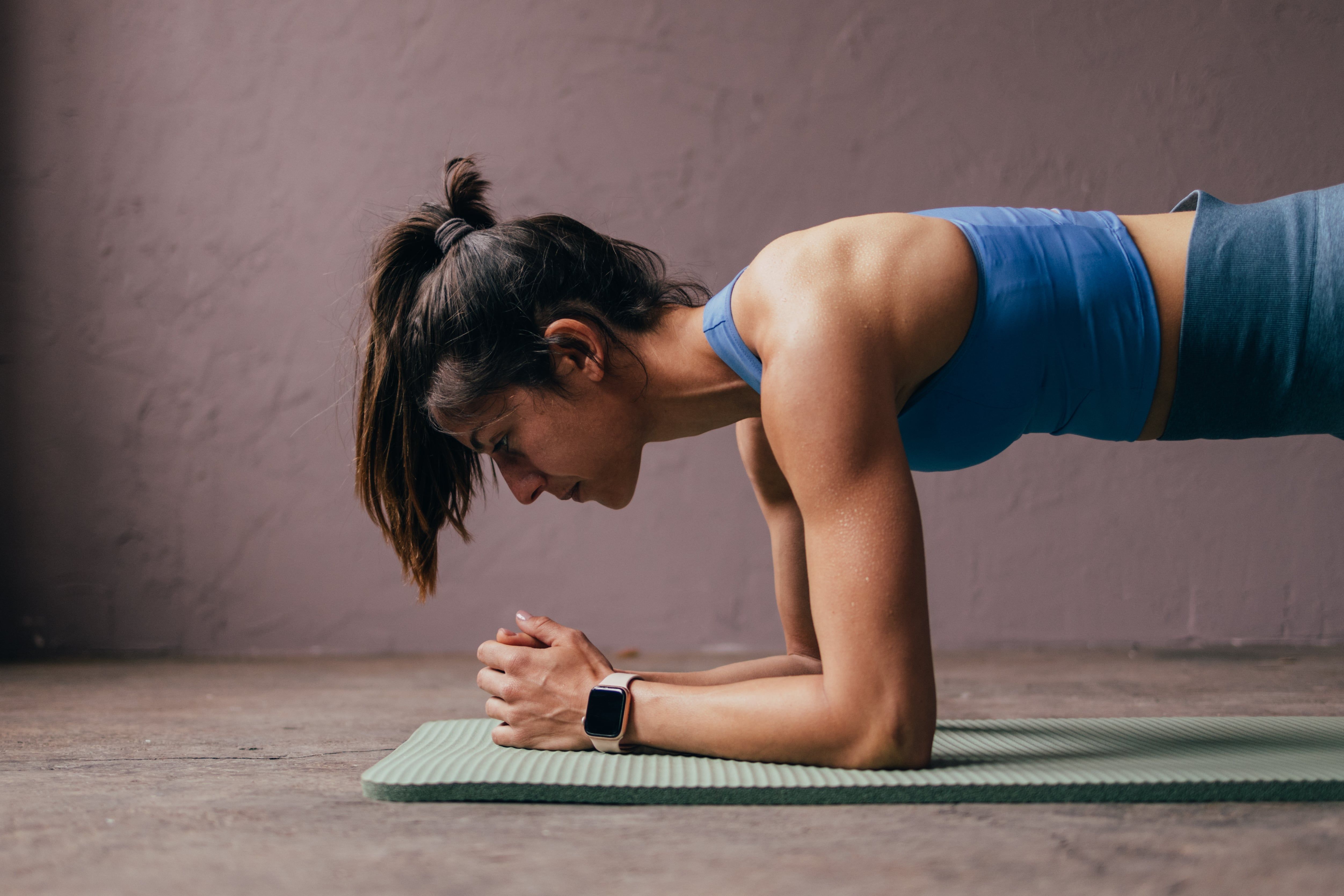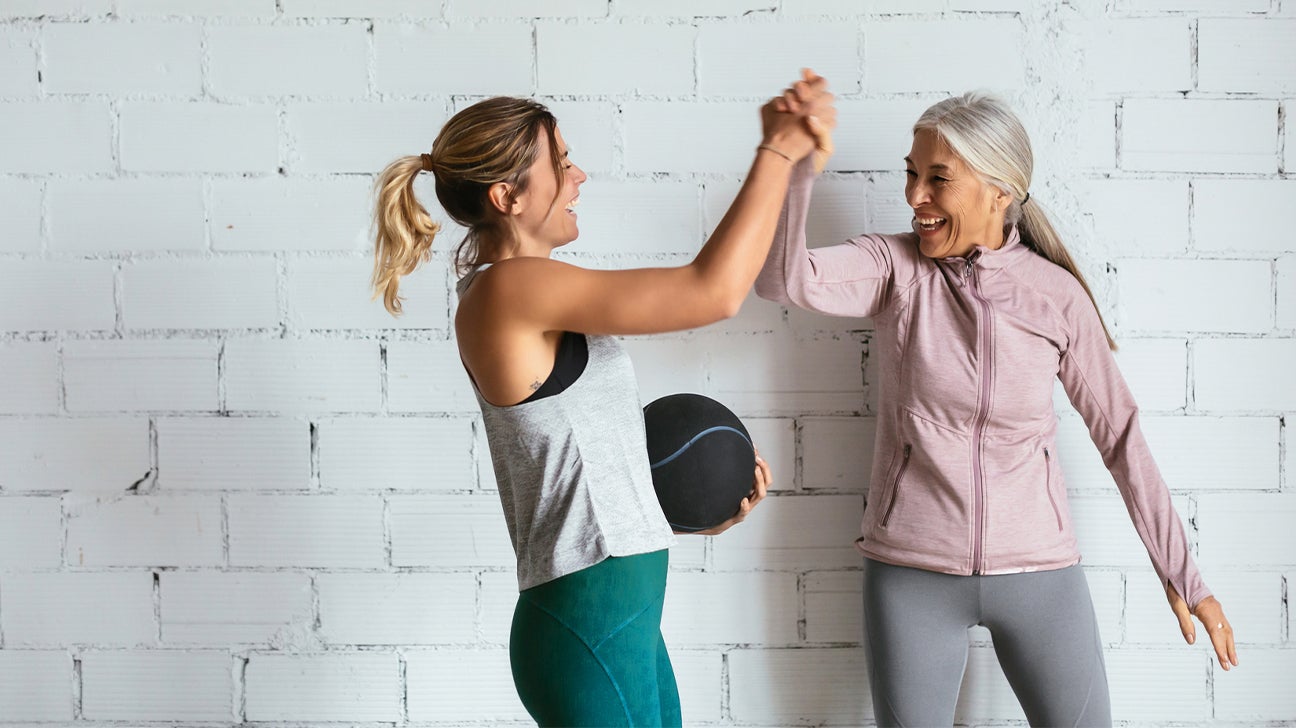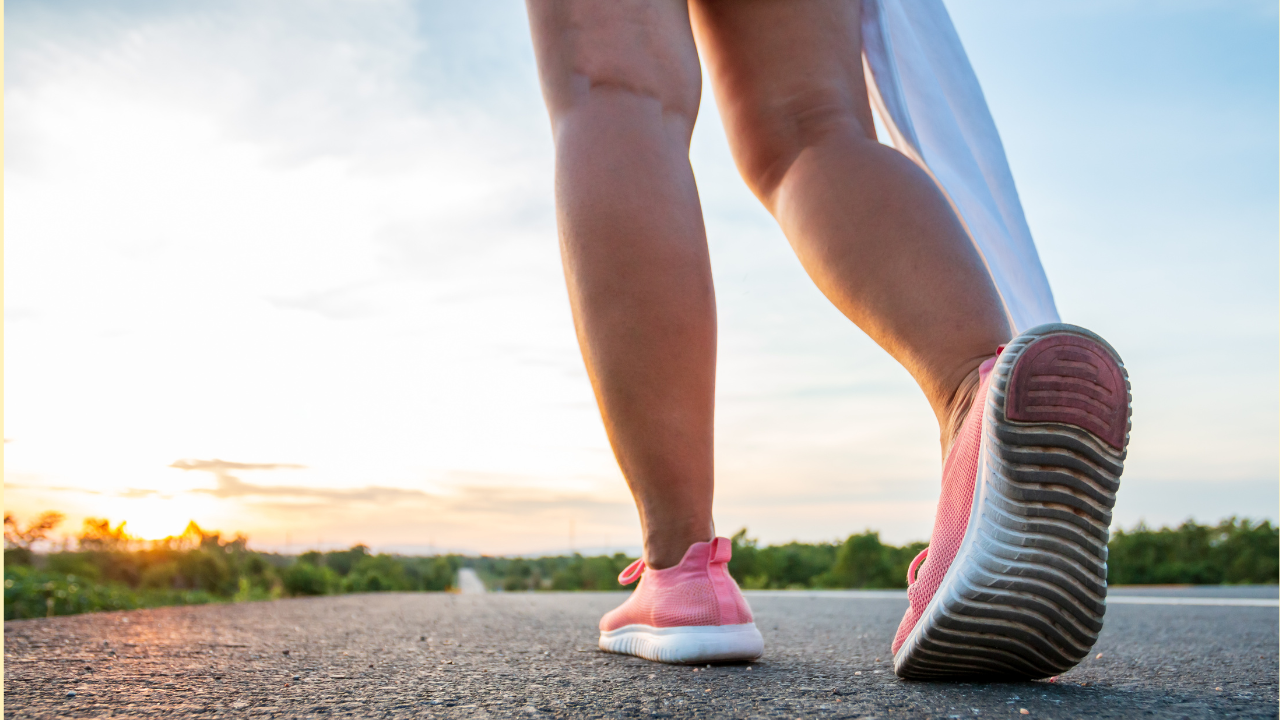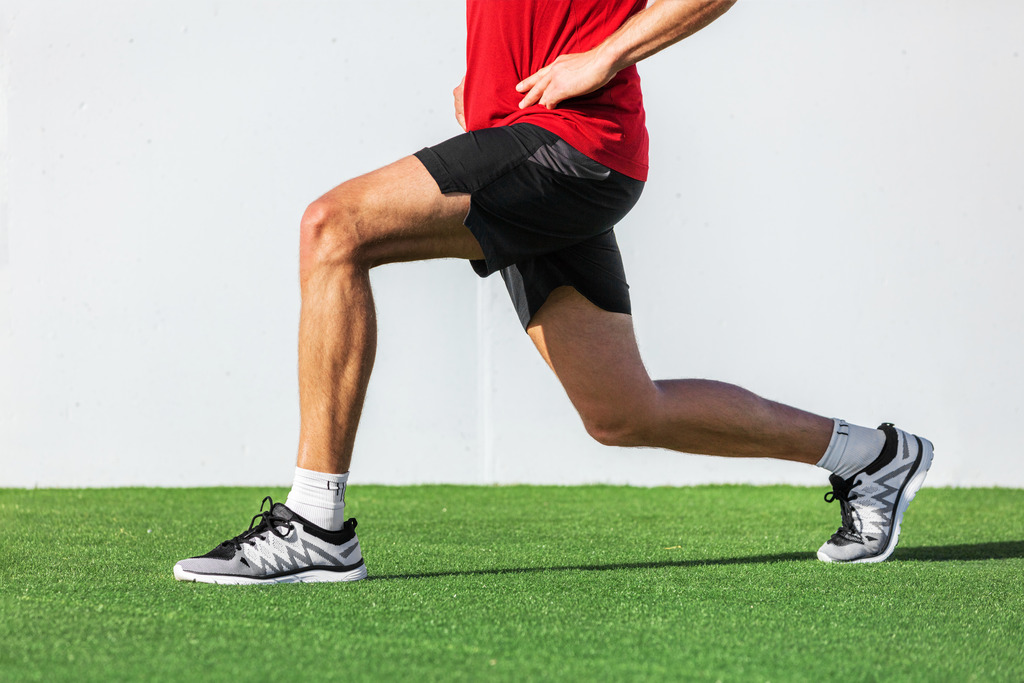Choosing the right mind-body workout can be confusing. Many people find themselves asking: Yoga or Pilates? Which one is right for you? They look similar at first glance—both focus on flexibility, strength, and breath—but the two practices have different goals, techniques, and benefits.
Whether you’re seeking stress relief, a stronger core, or better posture, understanding the differences can help you make the right choice for your lifestyle and fitness goals. In this guide, we’ll break down the pros, cons, and practical benefits of both so you can decide what’s best for your body and mind.
What Is Yoga?
Yoga is an ancient practice rooted in Indian philosophy that dates back over 5,000 years. It combines physical postures (asanas), breathing techniques (pranayama), and meditation to promote spiritual, mental, and physical wellness.
Key Benefits of Yoga
- Improves flexibility and balance
- Reduces stress and anxiety
- Enhances breathing and lung function
- Strengthens muscles through bodyweight poses
- Encourages mindfulness and mental clarity
Types of Yoga to Consider
- Hatha Yoga: A slower-paced, beginner-friendly option
- Vinyasa Flow: Dynamic movement that links breath with motion
- Yin Yoga: Deep stretches held for longer periods
- Power Yoga: A more intense, fitness-based form
- Restorative Yoga: Gentle, prop-supported relaxation
Each style offers a unique experience. If you’re new to yoga, starting with Hatha or Vinyasa is often the easiest transition.
What Is Pilates?
Pilates is a physical fitness system developed in the early 20th century by Joseph Pilates. It focuses on core strength, controlled movement, alignment, and muscular endurance.
Key Benefits of Pilates
- Builds a strong, stable core
- Improves posture and alignment
- Enhances body awareness
- Supports injury prevention and rehab
- Strengthens muscles without bulk
There are two main types of Pilates:
- Mat Pilates: Performed on a yoga mat using your bodyweight
- Reformer Pilates: Uses a spring-loaded machine for resistance and support
Both methods focus on precise movements and controlled breathing.
Yoga vs. Pilates: Side-by-Side Comparison
| Feature | Yoga | Pilates |
|---|---|---|
| Origin | Ancient India | Early 20th Century, Germany |
| Main Focus | Flexibility, breath, mindfulness | Core strength, alignment, control |
| Breathing Style | Inhale/exhale with movement & stillness | Coordinated with controlled movement |
| Equipment | Mat, blocks, straps (optional) | Mat, reformer, ring, ball (optional) |
| Mental Benefits | Deep relaxation, emotional release | Improved focus, stress reduction |
| Physical Intensity | Can vary from gentle to intense | Generally more structured and core-centric |
| Great For | Stress relief, flexibility, balance | Strengthening, toning, rehab |
Which One Is Right for You?
Let’s break it down based on your personal goals, lifestyle, and preferences.
If You’re Dealing With Stress or Anxiety…
Choose Yoga
Yoga’s meditative and breath-based approach helps activate the parasympathetic nervous system (the body’s “rest and digest” mode). Practices like Yin and Restorative Yoga can calm a racing mind and ease physical tension.
If You Want to Strengthen Your Core…
Choose Pilates
Pilates is laser-focused on core stability. Whether you’re doing mat exercises or using a reformer, every movement strengthens the muscles that support your spine and posture.
If Flexibility Is Your Weak Point…
Choose Yoga
Yoga incorporates a wide range of stretches that gradually increase your flexibility. Regular practice can release tight hamstrings, hips, shoulders, and more.
If You Have Back Pain or Injuries…
Choose Pilates (with supervision)
Pilates is often used in physical therapy to support injury recovery. It’s ideal for building core strength and improving posture—both essential for spinal health. Just make sure you’re working with a trained instructor if you’re recovering from injury.
If You Want a Spiritual Practice…
Choose Yoga
Yoga goes beyond the physical. It integrates breath, movement, and meditation, creating a spiritual connection that Pilates doesn’t aim to provide.
Can You Combine Yoga and Pilates?
Absolutely! In fact, many people find that combining both leads to better overall fitness. While Pilates offers strength and control, yoga complements it with flexibility and mindfulness.
Benefits of Combining Both:
- Balance strength with flexibility
- Improve body-mind connection
- Reduce workout boredom
- Support long-term joint and spine health
A sample weekly routine might include:
| Day | Activity |
|---|---|
| Monday | Mat Pilates (core & strength) |
| Tuesday | Restorative Yoga (relaxation) |
| Wednesday | Vinyasa Yoga (flow/stretch) |
| Thursday | Reformer Pilates (intensity) |
| Friday | Yin Yoga (deep stretch) |
| Saturday | Pilates mat or reformer |
| Sunday | Rest or light walk |
Pros and Cons of Each Practice
Pros of Yoga
- Great for all fitness levels
- Encourages holistic wellness
- Can be done anywhere
- Many styles to explore
Cons of Yoga
- Some poses can strain wrists or knees
- Not always focused on strength
- Learning proper alignment takes time
Pros of Pilates
- Builds deep core strength
- Improves posture and joint stability
- Ideal for injury recovery
- Offers structured, low-impact movement
Cons of Pilates
- Reformer classes can be expensive
- Fewer spiritual elements
- Might require instructor guidance for best results
Who Should Avoid Yoga or Pilates?
Caution with Yoga:
- People with severe joint pain may need modifications
- Avoid fast-paced styles like Power Yoga if you’re a beginner or dealing with chronic pain
Caution with Pilates:
- Reformer machines require instruction to avoid improper form
- Not ideal for those who dislike slow, precise movement
Always check with a healthcare provider before starting a new fitness regimen, especially if you have health conditions or injuries.
FAQs: Yoga or Pilates? Which One Is Right for You
Can I lose weight with yoga or Pilates?
Yes—but not overnight. Both help tone the body and build lean muscle. Pair them with cardio and healthy eating for the best results.
Which is better for posture?
Pilates has a strong emphasis on posture and spinal alignment, making it more effective for that goal.
Is one harder than the other?
It depends. Pilates requires more precision and focus on small muscles. Yoga’s challenge lies in holding poses and developing breath control.
Can beginners try both?
Absolutely. Look for beginner classes or online videos to start at your own pace.
Do I need equipment?
For yoga, a mat is enough. For Pilates, you can start with a mat, but reformer Pilates uses specialized machines.
Final Thoughts
So, yoga or Pilates? Which one is right for you? It comes down to what your body and mind need most. If you crave calm, flexibility, and inner peace, yoga might be your match. If you’re looking for a strong, stable core and improved posture, Pilates could be the winner.
Still can’t decide? Try both. Mix and match. Listen to your body. You may find that the perfect balance is a little bit of each.
Would you like me to create a meta title, meta description, and SEO tags for this blog next?
